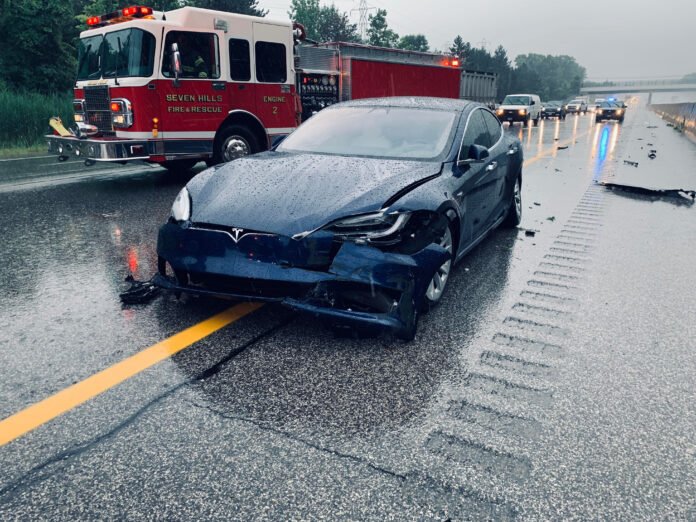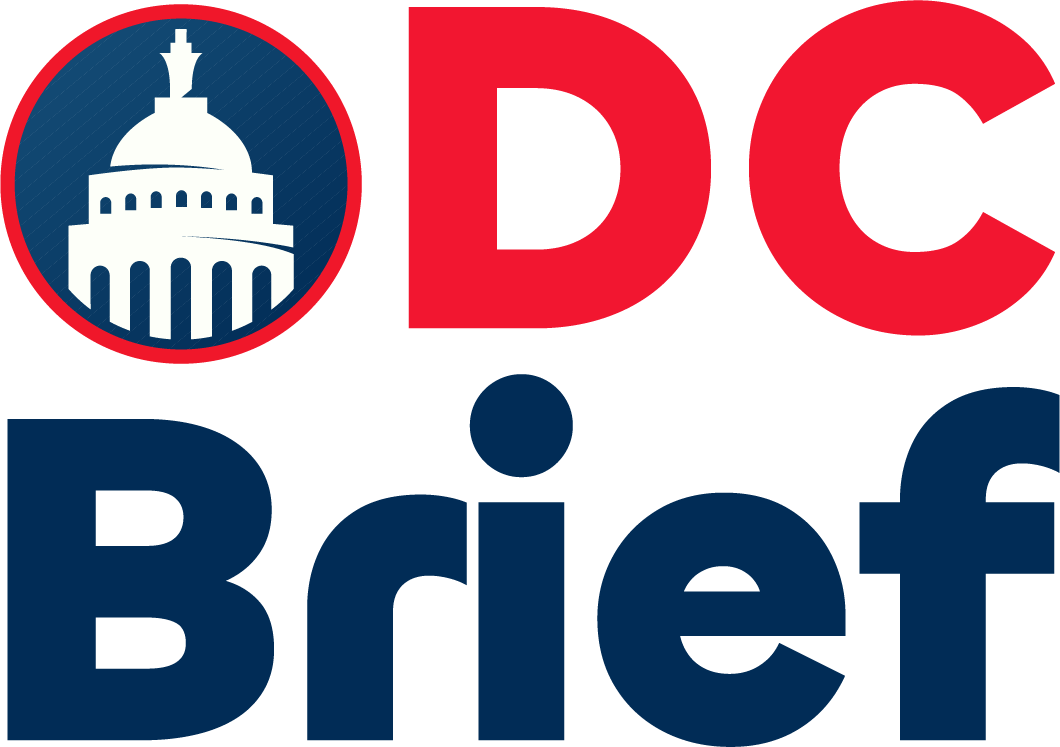Tesla profit challenges continue to grow as the electric vehicle giant struggles with falling sales and rising production costs in the US market. Once hailed for its consistent growth, Tesla now faces headwinds threatening its position as the world’s top EV maker.
The company’s second-quarter earnings are expected to reveal further weakness following consecutive quarterly sales declines. Analysts predict that net income dropped nearly 24% compared to the same period last year. This follows a staggering 71% profit drop in the first quarter, amplifying investor concerns about Tesla’s financial health.
Tesla profit challenges also stem from looming policy changes and shifting market dynamics. The upcoming elimination of a $7,500 tax credit for US EV buyers in October could pressure Tesla to cut prices further. Such cuts would erode profit margins at a time when nearly half of Tesla’s global sales come from US customers.
Tariff pressures are compounding these issues. Although Tesla assembles all US-sold vehicles domestically, the company relies on imported parts and materials that remain subject to high tariffs. For example, Chinese graphite used in Tesla’s batteries now faces a 160% cost increase due to new import taxes. These added expenses could weigh heavily on future earnings.
Perhaps the most significant Tesla profit challenge is the loss of revenue from selling regulatory credits. Tesla earned $10.6 billion from these credits since 2019 by helping gas-powered automakers meet emissions targets. However, a recent Republican tax and spending bill eliminated penalties for failing to meet those limits. Without this revenue stream, Tesla’s financial performance could deteriorate further.
Tesla CEO Elon Musk may attempt to redirect investor focus to futuristic projects like robotaxis and humanoid robots. In June, Tesla launched a limited robotaxi service in Austin, Texas. However, the service remains restricted to select users and still requires safety drivers, suggesting profitability from robotaxis is years away.
Adding to the uncertainty, Musk’s political moves have drawn attention. After leaving the Trump administration, Musk recently announced plans to form a third political party. This political pivot raises questions about Tesla’s strategic focus and leadership stability.
Investors remain cautious as Tesla’s profit challenges intensify. The upcoming earnings report may provide clarity on how the company plans to navigate these financial and operational hurdles.
For more business updates, visit DC Brief.


